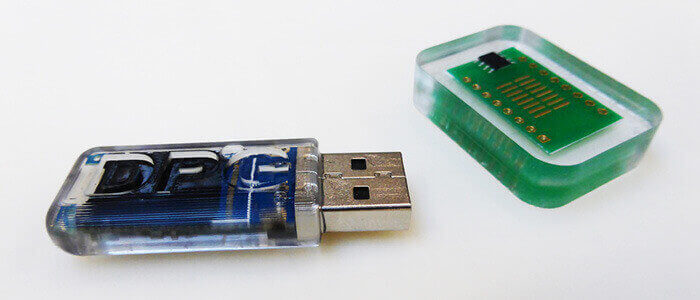Engineers from the University of Sheffield’s AMRC develop hybrid 3D printing process that integrates electronics, optics, structural elements.
Although 3D printing is a magnificent technology, its capabilities are sometimes restrained by the inability to integrate other components into the build process. But now, the University of Sheffield’s Advanced Manufacturing Research Centre (AMRC) is aiming to fix this predicament.
With the help of the aerospace company Boeing, a team of UK engineers are developing a hybrid 3D printing process called “THREAD”. This technology will allow users to add multiple materials into one 3D printed component. But even more impressively, it will also enable the integration of electrical, optical, and also structural elements.

THREAD: The Hybrid 3D Printing Process That Does It All
According to AMRC development engineer Mack Cocking, the inventor of this technique, the process is a “potential game-changer.”
Although THREAD is still patent-pending, Cocking is sharing a few details about the hybrid system.
For starters, the process offers full automation. It’s able to embed stands of materials like copper, fibre optic, steel, and also nitinol into the printing process. Additionally, the technique allows seamless connectivity through X, Y and Z axis directions.
This means that single or multiple strands of material can be embedded without impacting the original build time of the component.
The THREAD system will be ideal for applications with an intensive focus on weight and size of components. It will also prove valuable for systems that require integrated data transfer and protected sealed connective tracks.
Thus far, the AMRC team is testing the process on machines used for 3D printing polymer. However, they claim that their technique will be functional with different additive manufacturing platforms.
AMRC’s Chris Iveson says:
“We see THREAD transforming the functionality of additively manufactured components. Feedback from our contacts in various industries indicates a real need for this capability, with new potential applications being discussed daily.”
The team hopes that manufacturers will turn to THREAD to produce components that use integrated electronics. This includes medical devices, consumer electronics, and structural components. Instead of attaching electronic connections to the external of a 3D printed object, this process will automatically embed them within.
Source: TCT
License: The text of "UK Engineers Unveil “Game-Changing” Hybrid Printing Process" by All3DP is licensed under a Creative Commons Attribution 4.0 International License.